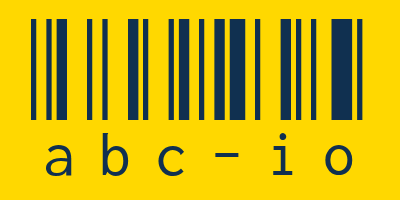
- Ad revenue stayed stable even though reported YouTube views dropped heavily
- Volunteer filter maintainers quickly fixed the rules that caused view problems
- Google’s vague hint about adblockers leaves creators confused
Since mid-August 2025, numerous YouTubers have reported sharp declines in their video view counts, in some cases by as much as 50%.
The drops primarily affected views on computers, while numbers on televisions, tablets, and mobile phones appeared stable.
YouTube has publicly stated there is “no systemic issue that is impacting creators,” but also hinted that “adblockers and other extensions can impact the accuracy of reported view counts.”
Filter list changes raise questions
“Viewers Using Adblockers & Other Content Blocking Tools: Adblockers and other extensions can impact the accuracy of reported view counts,” Google said.
“Channels whose audiences include a higher proportion of users using such tools may see more fluctuations in traffic related to updates to these tools.”
However, AdGuard, an ad-blocking company, has offered additional context to the situation.
It suggested that the issue may have been linked to popular community-maintained filter lists like EasyList and uBlock’s Quick Fixes.
A new filter rule added to EasyList on August 11, 2025 targeted telemetry requests thought to be tied to YouTube’s view attribution and analytics.
That rule remained in place until September 10, when it was temporarily disabled.
A similar change was added to uBlock’s Quick Fixes on September 10 and removed on September 17.
These public updates suggest that the rules briefly interfered with how YouTube counted views.
AdGuard notes that these rules never prevented anyone from watching YouTube videos and only blocked background requests linked to tracking and telemetry.
This situation highlights the tension between privacy-focused tools and the functionality of online platforms.
While YouTube has pursued aggressive measures against adblockers in recent years, this episode shows that filter changes can have unintended effects even without deliberate interference.
It also reveals the transparency of open-source communities, which quickly corrected the issue once its impact became apparent.
The filter list maintainer community is mostly volunteer-driven, juggling updates alongside other commitments.
They acted quickly to disable the problematic rules, demonstrating self-regulation and responsiveness to user needs.
Observers have contrasted this openness with YouTube’s limited communication, noting that the company’s hint about adblockers leaves much unexplained.
Some creators remain skeptical, pointing out that ad revenue has not fallen alongside view counts, which suggests the counting mechanism, not actual viewer behavior, was disrupted.
The episode feeds into a broader debate over YouTube’s relationship with adblockers.
Many users are turning to these tools because they are frustrated by ads that feel irrelevant, ads they cannot skip, and worst of all, ads that last longer than the videos themselves.











Add Comment